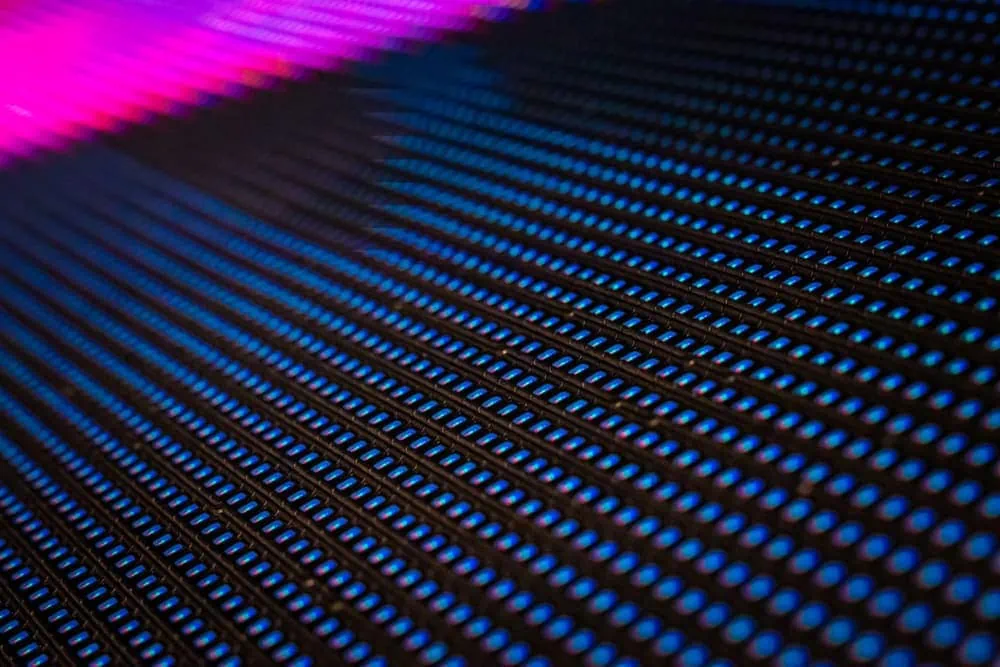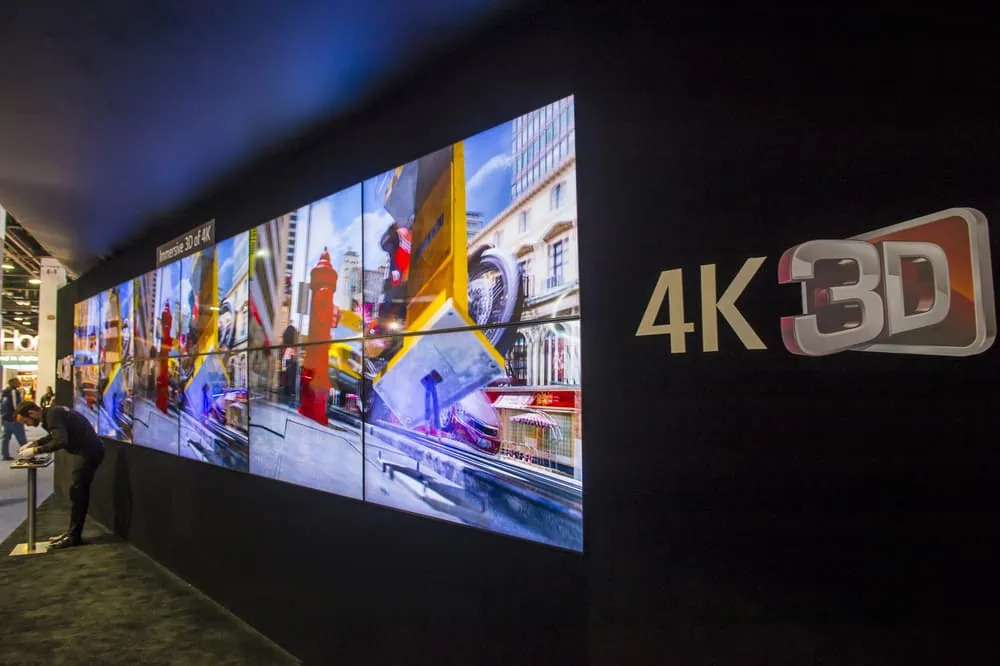In the dynamic landscape of visual technology, video walls have emerged as powerful tools for communication and engagement. Whether in corporate boardrooms, command centers, retail spaces, or entertainment venues, video walls captivate audiences with stunning visuals.
This blog post provides a comprehensive overview of video wall technology, exploring its fundamental principles and working mechanisms.
What Is Video Wall Technology?
At its core, video wall technology seamlessly integrates multiple display screens to create a visually striking and cohesive image. This technology has evolved from traditional setups using projectors and screens to sophisticated arrays of high-resolution displays. The primary goal is to deliver an immersive and impactful viewing experience.
How Do Video Walls Work?
Understanding the inner workings of video walls unveils the complexity and precision behind their seamless visuals. Video walls rely on a combination of hardware and software components to synchronize and display content across multiple screens. The process involves content creation, signal processing, and precise alignment of individual displays to eliminate any visible gaps or irregularities.
Types of Video Wall Technologies
Video wall technology has evolved and diversified to fit different needs and environments. Various display technologies contribute to the creation of visually stunning video walls. Here are some of the prominent types:
LCD Panels
Liquid Crystal Display (LCD) panels are a popular choice for video walls due to their high resolution, color accuracy, and relatively affordable cost. These panels are known for providing sharp images and wide viewing angles, making them suitable for various applications.
Direct View LED Arrays
Direct View LED arrays take video wall technology to the next level, using individual LED modules as pixels. This technology allows for superior brightness, contrast, and color accuracy. Direct View LED arrays are ideal for large-scale displays where image quality and impact are paramount.
Blended Projection Screens
Blended projection screens involve multiple projectors to create a single, seamless image. This technique is often employed in environments where space or budget constraints limit the use of individual displays. Precise calibration is essential to eliminate overlapping and achieve a cohesive image.
Laser Phosphor Displays
Laser Phosphor Displays utilize laser technology to produce vibrant and high-contrast images. These displays offer energy efficiency and a longer lifespan than traditional display technologies. Laser Phosphor Displays are suitable for applications demanding continuous operation and reliability.
Rear Projection Cubes
Rear projection cubes stack multiple cube-shaped displays to create a seamless video wall. This technology is known for its durability and ability to withstand challenging ambient light conditions. Rear projection cubes are commonly used in control rooms and mission-critical environments.
Stand Out from the Competition with LED Exhibits
Video wall technology continues evolving, pushing visual communication and engagement boundaries. From the fundamental principles of seamless integration to the diverse array of display technologies, understanding the intricacies of video walls is essential for harnessing their full potential.
Led Exhibit Rentals is the go-to solution for those seeking to elevate their exhibit game with cutting-edge LED video technology. Check out our LED exhibit rentals and find one that fits your needs:
Make a lasting impact on your audience with our creative exhibit rental options that will make your LED video walls stand out. Contact us and learn more about our work!

